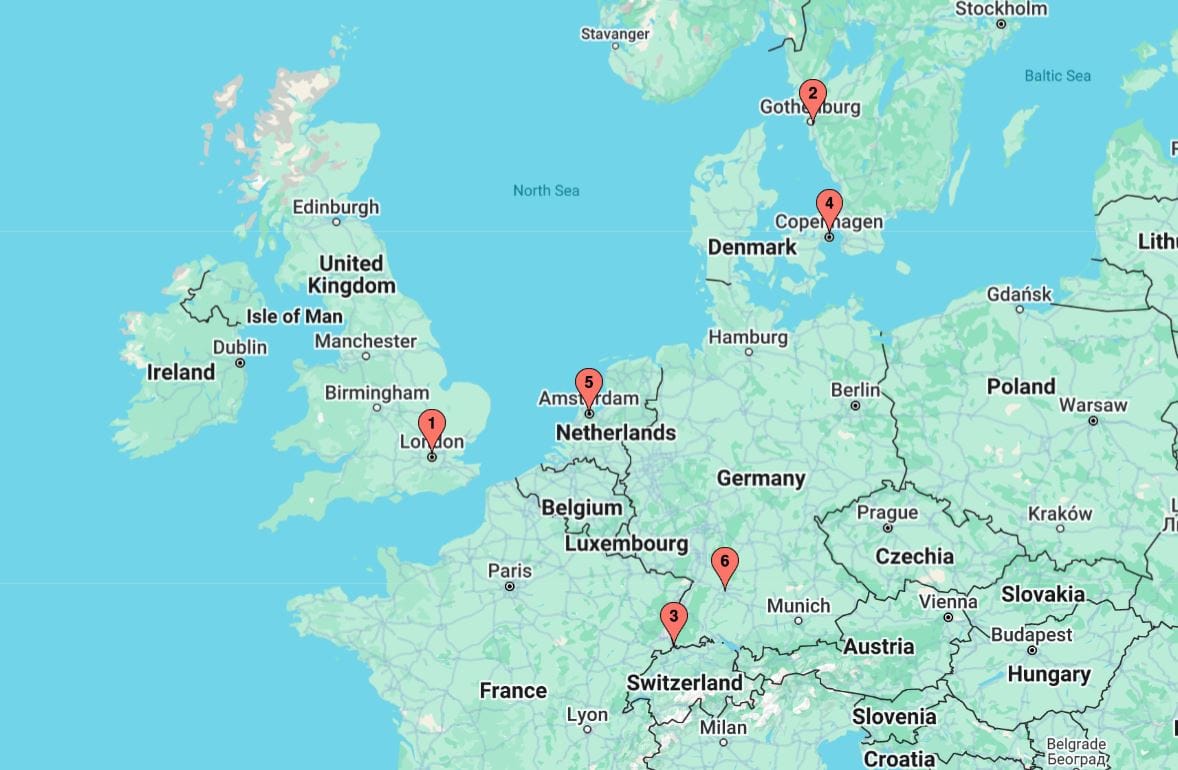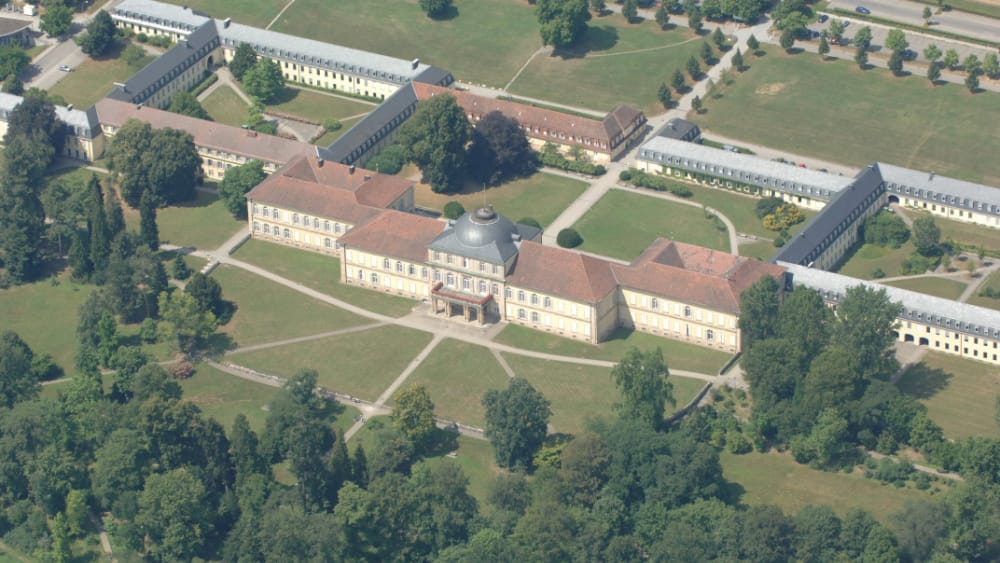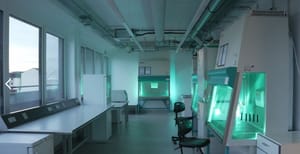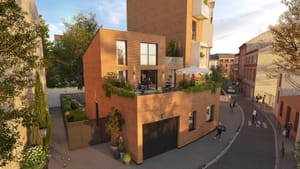Life sciences R&D buildings, with their intensive technical requirements and operational complexity, present some of the most difficult sustainability challenges in the built environment. But the market is responding—with practical innovations, new certifications, and increasingly visible exemplars of good practice.
This is not the first time we have tackled the subject. In our June 2024 article Eco-friendly labs: advancing sustainability in life sciences buildings, we highlighted the commercial case for decarbonisation. That article focused on three critical areas: energy consumption, water usage, and embodied carbon. This follow-up builds on that foundation.
Why labs pose an ESG challenge
The operational profile of a typical life sciences R&D facility is vastly different from that of a standard office. These buildings often run 24/7, with energy-intensive processes including fume extraction, deep freezing, and filtered air changes occurring continuously. As a result, labs may consume up to ten times more energy per square metre than a typical commercial office.
This extreme energy use makes reducing operational carbon particularly difficult. Traditional energy-saving approaches often fail to apply in controlled environments where safety and compliance standards cannot be compromised. At the same time, water use is four times higher than office norms, and waste—especially plastic and hazardous waste—remains a persistent environmental and regulatory concern.
The built form itself presents further hurdles. High embodied carbon is typical of lab buildings due to their reliance on reinforced concrete and steel to achieve structural vibration control. Retrofitting older buildings to meet modern lab requirements without adding significant carbon load is complex, but increasingly seen as necessary. Using timber hybrid construction, recycled concrete, or prefabricated components can significantly reduce these impacts, but adoption still lags behind sector demand.
Compounding these issues is the absence of a standardised sustainability benchmark specific to the sector. While office buildings have widely accepted ratings such as BREEAM or LEED, life sciences buildings often lack frameworks that account for their operational uniqueness. This can hinder benchmarking and delay the uptake of best practices. Frameworks such as LEAF, My Green Lab and Labs2 Zero are increasingly filling this void but remain unevenly adopted across European markets.
- LEAF, developed by University College London in the UK, certifies labs for sustainability and tracks carbon and cost savings through structured actions.
- My Green Lab, a US-based non-profit, certifies labs worldwide for sustainable practices using a tiered, science-based approach.
- Labs2Zero, led by the International Institute for Sustainable Laboratories in the USA, benchmarks and certifies lab buildings’ carbon emissions to drive decarbonisation.
Overlaying all of this are rising regulatory expectations and investor scrutiny. ESG reporting is becoming mandatory in multiple jurisdictions, and failure to align with these expectations is starting to carry reputational and financial penalties.
European exemplars point the way forward

Despite the sector's ESG challenges, a growing number of European buildings offer hope through innovation and adaptation.
The Francis Crick Institute in London, for example, demonstrates what is possible on the energy front. By combining a heat and power plant with intelligent building management systems and advanced ventilation, the facility has significantly lowered its operational carbon while still meeting the strict environmental standards necessary for high-level research.
In Gothenburg, AstraZeneca's R&D campus has tackled water and waste challenges by implementing closed-loop laboratory water systems and comprehensive segregation and recycling for plastics and hazardous materials. Similarly, in Basel, Roche's innovation centre uses rainwater harvesting and advanced recycling infrastructure to curb resource use.
On the construction side, Copenhagen's BioInnovation Institute repurposes an industrial structure to minimise embodied carbon, with adaptive reuse and low-carbon materials central to its retrofit.

Biodiversity, too, is moving up the agenda. Amsterdam's Zuidas life sciences district integrates green roofs, pollinator habitats, and ecological corridors to align with the EU's Biodiversity Strategy for 2030. In Stuttgart, the University of Hohenheim has recorded over 2,000 species across its campus, embedding biodiversity into everyday operations through the ICA Biodiversity Challenge.
Design and delivery must rise to the ESG moment
Designing and delivering a life sciences building today is no longer only a matter of technical performance and cost. ESG criteria are now central to how tenants, operators, and funders assess value. From embodied carbon to biodiversity, from compliance to community value, these issues are reshaping how life sciences campuses are planned, constructed, retrofitted, and operated.
That is not to say the sector has cracked the code. Labs remain complex, high-demand environments where achieving net-zero targets and circular practices is uniquely difficult. But the European examples outlined above show that with leadership, technical rigour, and a willingness to challenge assumptions, progress is not only possible—it is already happening.
In our earlier article, we noted that a sustainable lab may be more costly and time-intensive to set up, but typically proves cheaper to operate, with better long-term resilience and investor appeal.
We will continue to monitor and report on how life sciences real estate adapts to meet this new sustainability imperative. For now, it is clear that ESG is not a constraint on innovation in lab design—it is its new frontier.







